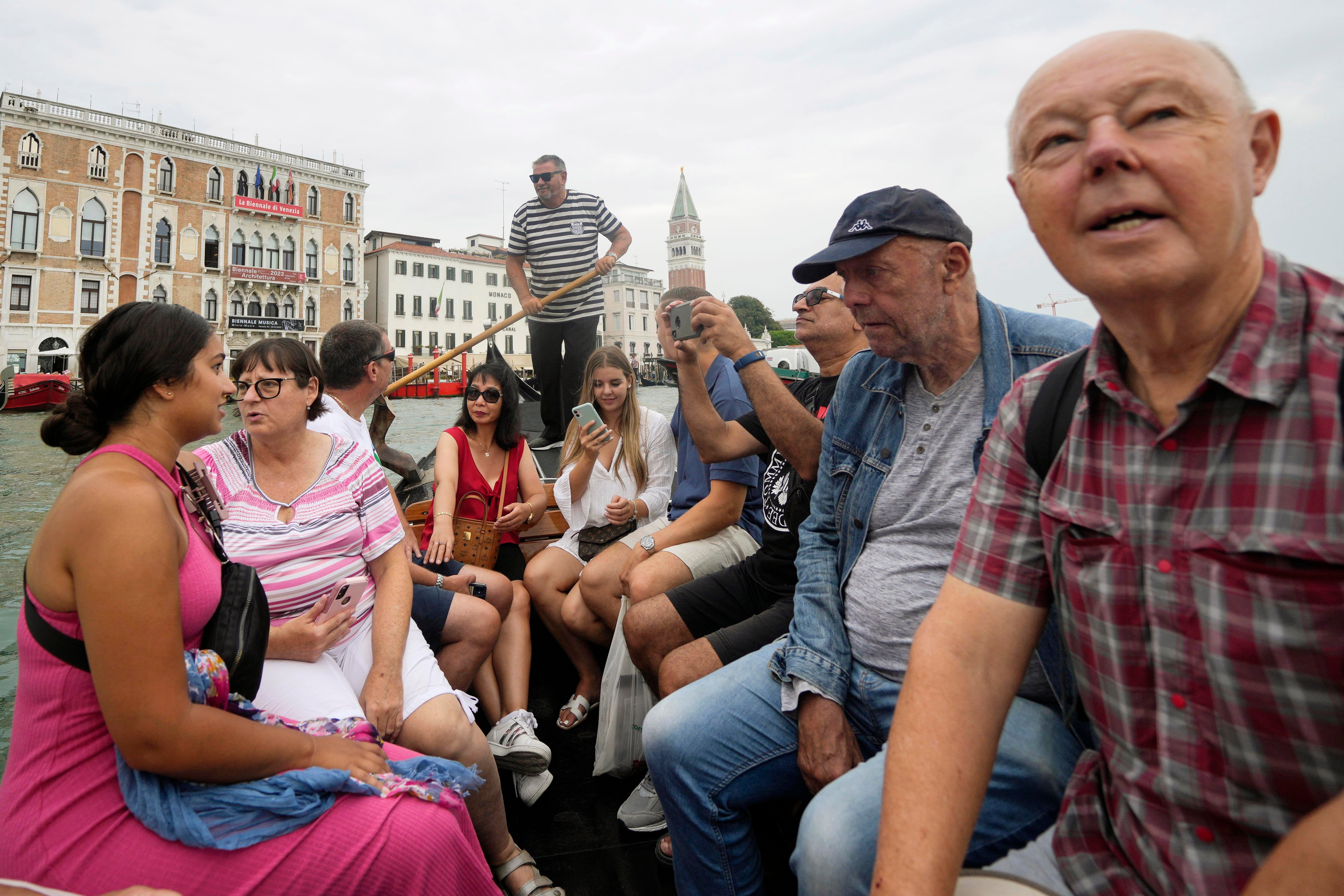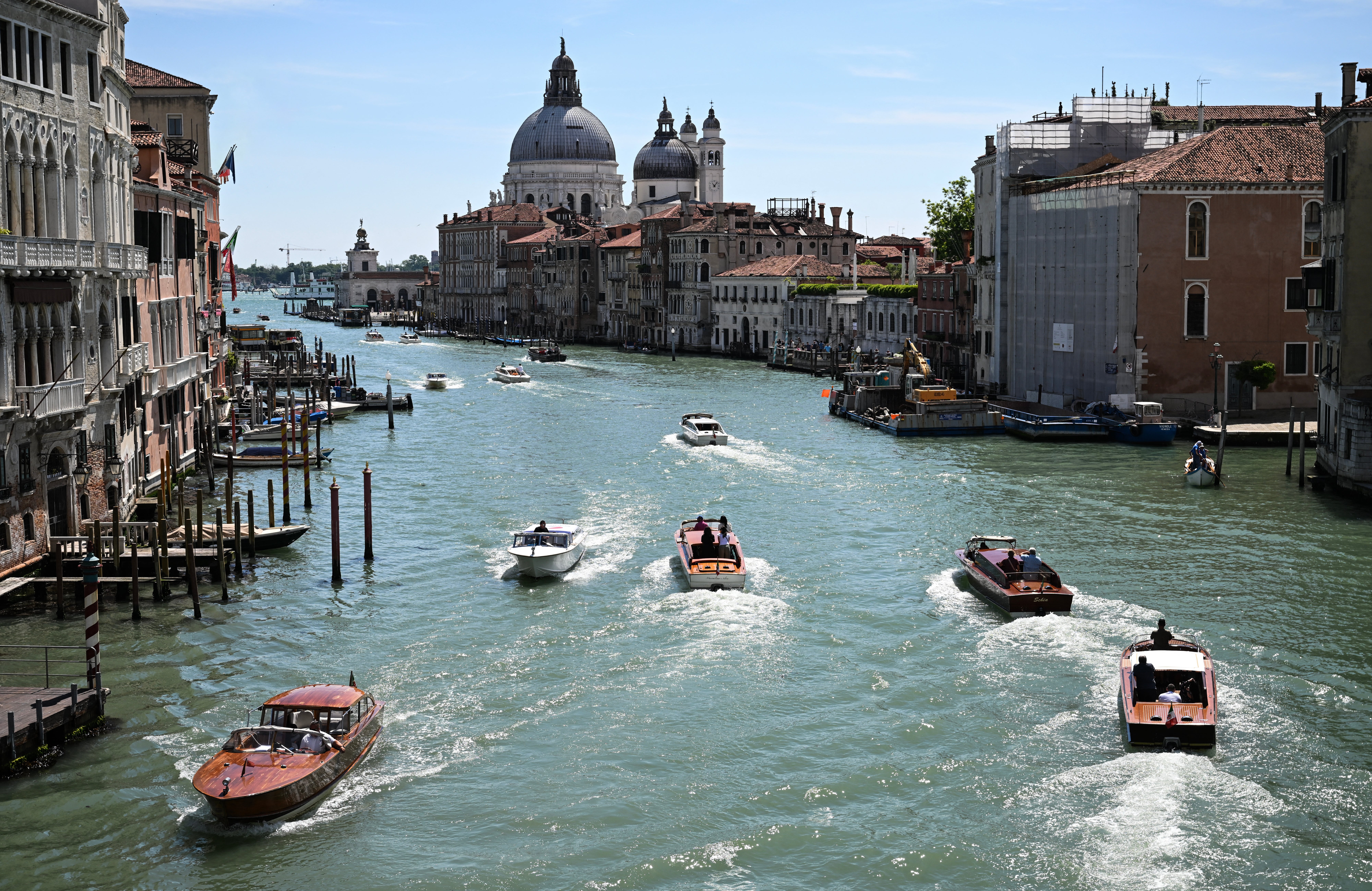Europe, often dubbed the world’s museum, is grappling with an unprecedented surge in tourism, transforming its picturesque streets into crowded thoroughfares and sparking widespread concerns over “overtourism”. The continent’s record-breaking visitor numbers are now straining local resources and sparking a backlash from residents.
Last year alone, Europe welcomed a staggering 747 million international travellers, according to the UN’s World Tourism Barometer. This figure far surpasses any other global region, with more than 70 per cent of these visitors flocking to Southern and Western Europe, making it ground zero for the burgeoning crisis.
The sheer volume of visitors is placing immense pressure on local infrastructure, from housing and water resources to the very “Instagrammable hotspots” that draw them in. The familiar sight of suitcases rattling on cobblestones and selfie-snappers jostling for position has become a symbol of the strain.
As a result, protests against the overwhelming influx of tourists are becoming increasingly common, prompting authorities across the continent to implement various measures aimed at mitigating the adverse effects of this growing tide of visitors.
Here’s a look at the issue in some of Europe’s most visited destinations.
What’s causing overtourism?
Among factors driving the record numbers are cheap flights, social media, the ease of travel planning using artificial intelligence and what U.N. tourism officials call a strong economic outlook for many rich countries that send tourists despite some geopolitical and economic tensions.
Citizens of countries like the U.S., Japan, China and the U.K. generate the most international trips, especially to popular destinations, such as Barcelona in Spain and Venice in Italy. They swarm these places seasonally, creating uneven demand for housing and resources such as water.
Despite popular backlash against the crowds, some tourism officials believe they can be managed with the right infrastructure in place.
Italy’s Tourism Minister Daniela Santanchè said she thinks tourism flows at crowded sites such Florence’s Uffizi Galleries that house some of the world’s most famous artworks could be better managed with AI, with tourists able to buy their tickets when they book their travel, even months in advance, to prevent surges.
She pushed back against the idea that Italy — which like all of its Southern European neighbors, welcomed more international visitors in 2024 than its entire population — has a problem with too many tourists, adding that most visits are within just 4% of the country’s territory.
“It’s a phenomenon that can absolutely be managed,” Santanchè told The Associated Press in an interview in her office on Friday. “Tourism must be an opportunity, not a threat — even for local communities. That’s why we are focusing on organizing flows.”
Where overtourism is most intense
Countries on the Mediterranean are at the forefront. Olympics-host France, the biggest international destination, last year received 100 million international visitors, while second-place Spain received almost 94 million — nearly double its own population.
Protests have erupted across Spain over the past two years. In Barcelona, the water gun has become a symbol of the city’s anti-tourism movement after marching protests have spritzed unsuspecting tourists while carrying signs saying: “One more tourist, one less resident!”

The pressure on infrastructure has been particularly acute on Spain’s Canary and Balearic Islands, which have a combined population of less than 5 million people. Each archipelago saw upwards of 15 million visitors last year.
Elsewhere in Europe, tourism overcrowding has vexed Italy’s most popular sites including Venice, Rome, Capri and Verona, where Shakespeare’s “Romeo and Juliet” was set. On the popular Amalfi Coast, ride-hailing app Uber offers private helicopter and boat rides in the summer to beat the crowds.
Greece, which saw nearly four times as many tourists as its own population last year, has struggled with the strain on water, housing and energy in the summer months, especially on popular islands such as Santorini, Mykonos and others.
The impact of overtourism
In Spain, anti-tourism activists, academics, and the government say that overtourism is driving up housing costs in city centers and other popular locations due to the proliferation of short-term rentals that cater to visitors.
Others bemoan changes to the very character of city neighborhoods that drew tourists in the first place.
In Barcelona and elsewhere, activists and academics have said that neighborhoods popular with tourists have seen local shops replaced with souvenir vendors, international chains and trendy eateries.

On some of Greece’s most-visited islands, tourism has overlapped with water scarcity as drought grips the Mediterranean country of 10.4 million.
In France, the Louvre, the world’s most-visited museum, shut down this week when its staff went on strike warning that the facility was crumbling beneath the weight of overtourism, stranding thousands of ticketed visitors lined up under the baking sun.
Angelos Varvarousis, a Barcelona- and Athens-based academic and urban planner who studies the industry, said overtourism risks imposing a “monoculture” on many of Europe’s hotspots.
“It is combined with the gradual loss and displacement of other social and economic activities,” Varvarousis said.
What authorities are doing to cope
Spain’s government wants to tackle what officials call the country’s biggest governance challenge: its housing crunch.
Last month, Spain’s government ordered Airbnb to take down almost 66,000 properties it said had violated local rules — while Barcelona announced a plan last year to phase out all of the 10,000 apartments licensed in the city as short-term rentals by 2028. Officials said the measure was to safeguard the housing supply for full-time residents.
Elsewhere, authorities have tried to regulate tourist flows by cracking down on overnight stays or imposing fees for those visiting via cruises.

In Greece, starting July 1, a cruise tax will be levied on island visitors at 20 euros ($23) for popular destinations like Mykonos and 5 euros ($5.70) for less-visited islands like Samos.
The government has also encouraged visitors to seek quieter locations.
To alleviate water problems, water tankers from mainland Greece have helped parched islands, and the islands have also used desalination technology, which separates salts from ocean water to make it drinkable, to boost their drinking water.
Other measures have included staggered visiting hours at the Acropolis.
Meanwhile, Venice brought back an entry fee this year that was piloted last year on day-trippers who will have to pay between 5 and 10 euros (roughly $6 to $12) to enter the city during the peak season.
